I have the following circuit (just the input portion of a larger circuit):

The 6V is coming from a wall wart or other 6 V source. The Schottky diode (UPS120) is there to guard against the input voltage coming in at the wrong polarity. The output is connected to a couple of LDO regulators, and the guaranteed maximum forward voltage (450 mV) of the UPS120 gives me enough headroom for the regulators.
However, I also need the full 6 V for a bias voltage elsewhere in the circuit. Although the wall wart I am planning on using is a switcher, my experience is the wall wart may go slightly above 6 V (e.g. 6.4 V) under little load so I added a 6 V Zener to make sure my bias voltage does not go above 6 V.
What happens though if the wrong polarity is applied to the input? My regulators are protected because of the Schottky diode. But what will happen to the Zener? Will it clamp to ground (ok) or go below ground (not okay)? In the latter case, how can I mitigate this?


